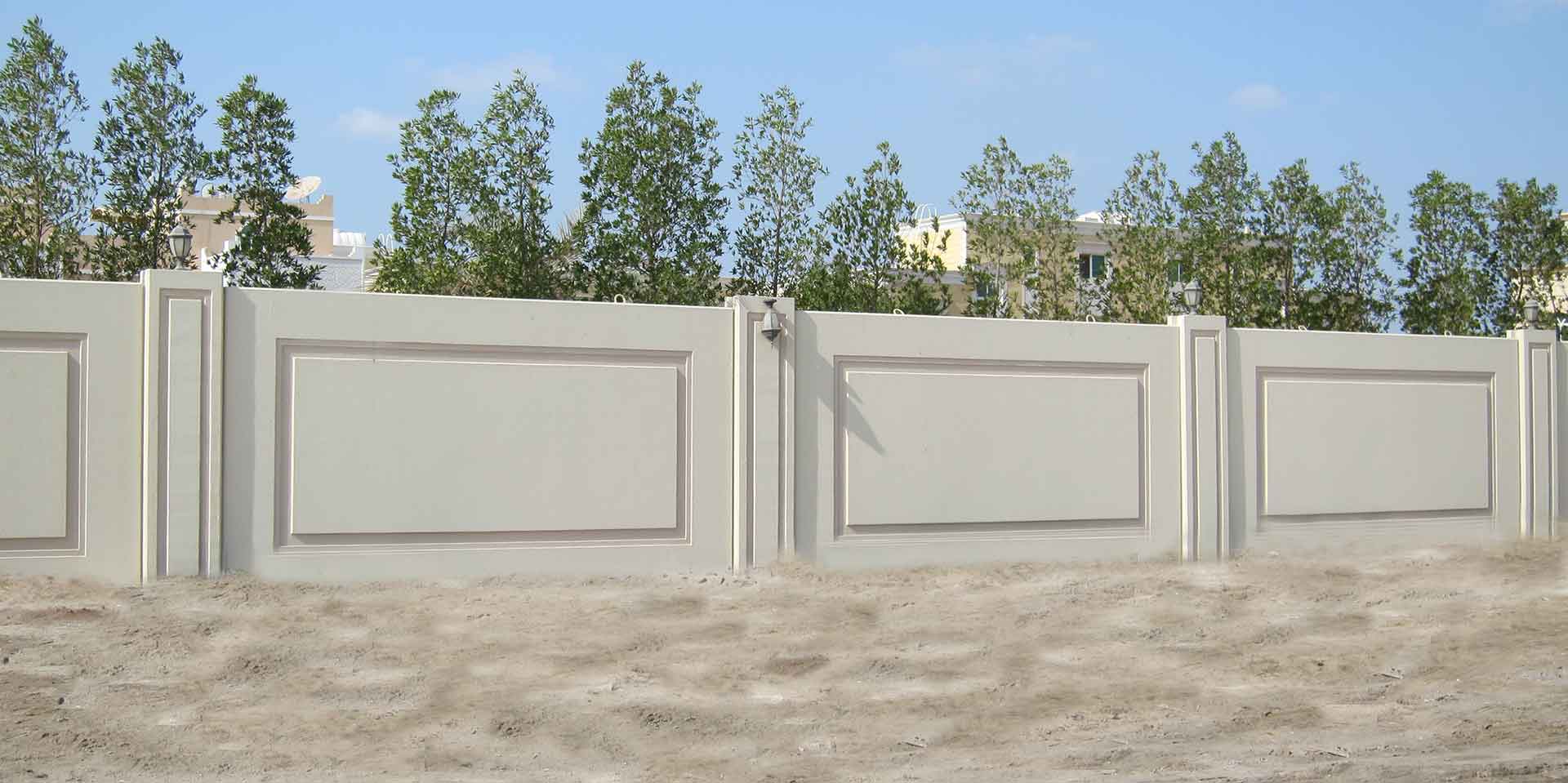
August 26, 2024
What Water Drainage System Does My Retaining Wall Demand?
Drainage Services For Keeping Wall Surfaces: Avoid Water Damage And Make Certain Architectural Stability Appropriate installation makes sure that water is guided away from the wall, lessening the risk of hydrostatic pressure. Without appropriate water drainage, water flowing over or around a retaining wall surface can lead to considerable soil erosion, especially in locations with loose or sandy dirt. This disintegration can undermine the foundation of the wall surface, leading to instability and eventual failure. A well-designed water drainage system aids manage overflow and minimizes the effect of erosion on the wall and bordering landscape.Carrying Out Balcony Gardening
- So, don't undervalue the significance of appropriate water drainage, and provide your maintaining walls the treatment they are entitled to.
- Clogs in the drain system can impede water flow and create water build-up behind the wall surface.
- Collecting the appropriate products is critical for the effective installment of a timber retaining wall surface drainage system.
- Factors such as wall height, groundwater levels, and the sort of dirt maintained behind the wall play critical duties in the effectiveness of the drain solution.
- A properly designed water drainage system can be flawlessly incorporated right into the total appearance of the wall surface.
Enlighten House Owners On Drain Methods
Leaks in a retaining wall could actually be a good thing - The Washington Post
Leaks in a retaining wall could actually be a good thing.


Posted: Mon, 19 Aug 2019 Party Wall Schedule of Condition 07:00:00 GMT [source]
Diy Vs Expert Setup
Developed to keep dirt and stop disintegration, these wall surfaces call for proper drain to prevent disintegration. This detailed guide checks out boosting drain for concrete preserving wall surfaces, including basic methods and certain services for numerous scenarios. As formerly discussed, weep openings play an important part in maintaining efficient wall surface drainage systems. Maintaining wall surfaces frequently experience multiple anxiety types, amongst them the hydrostatic pressure triggered by gathered water behind the wall surface. In the absence of adequate water drainage, water might accumulate, using substantial stress on the wall surface. Executing appropriate drainage remedies is important for maintaining the structural security of your maintaining wall. A well-designed drainage system can be flawlessly incorporated into the general appearance of the wall. Area a perforated water drainage pipeline, usually made of PVC or corrugated plastic, at the base of the trench. The deepness and size of the trench will rely on the particular requirements of the water drainage system and the wall surface's style. Too much water accumulation can fill the soil maintained by the wall, bring about boosted weight and reduced soil stability. Gradually, this pressure can compromise the security of the wall, resulting in splits, bulges, or perhaps failure. In this brand-new post, we will discover the value of integrating adequate drainage systems in keeping walls to stop water damages and preserve their architectural stability. Purposefully located weep openings at the wall surface's base are crucial drainage components, allowing trapped water to leave freely. Sufficient products, such as weephole inserts made from PVC or corrugated pipelines, make it possible for water flow while preventing particles buildup. Routine upkeep makes certain reliable drainage, securing versus prospective architectural damages. This guide intends to provide viewers an all natural understanding of bolstering concrete retaining wall surface water drainage.What is the very best material to fill behind a maintaining wall surface?
Although the noticeable material that will certainly be the face of the preserving wall surface is what gives the wall surface it''s beauty, the crushed rock base that sustains the wall and the porous drainage accumulation (gravel) back-fill and drainpipe tile that convey water away from the preserving wall surface sustain the framework.
Social Links